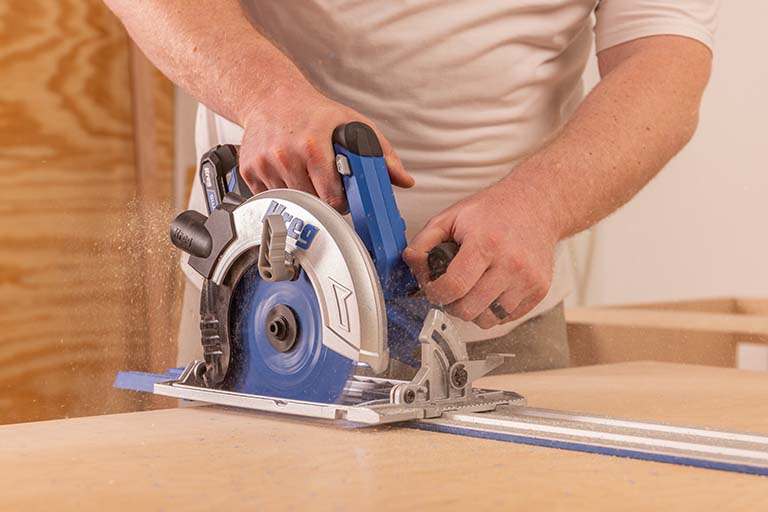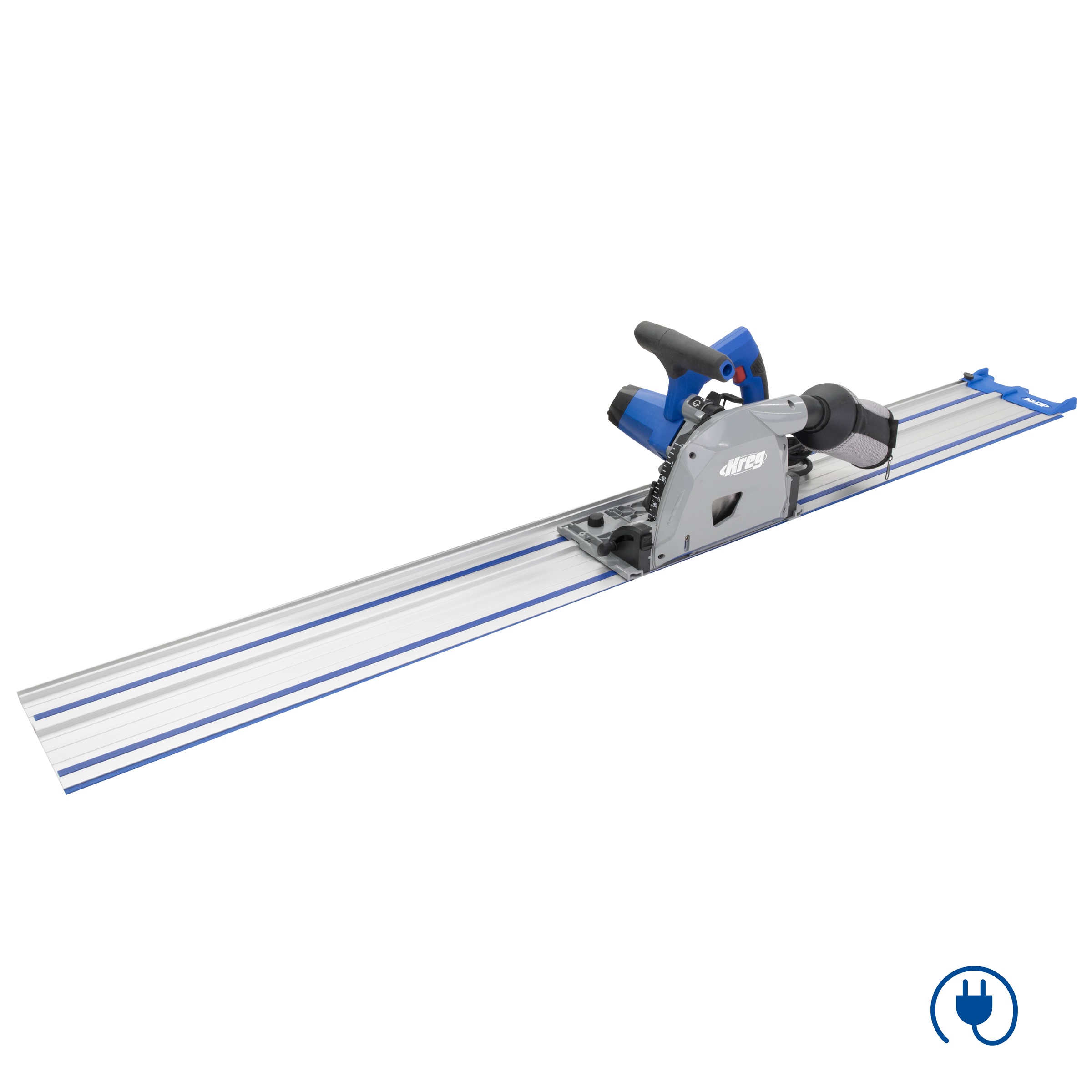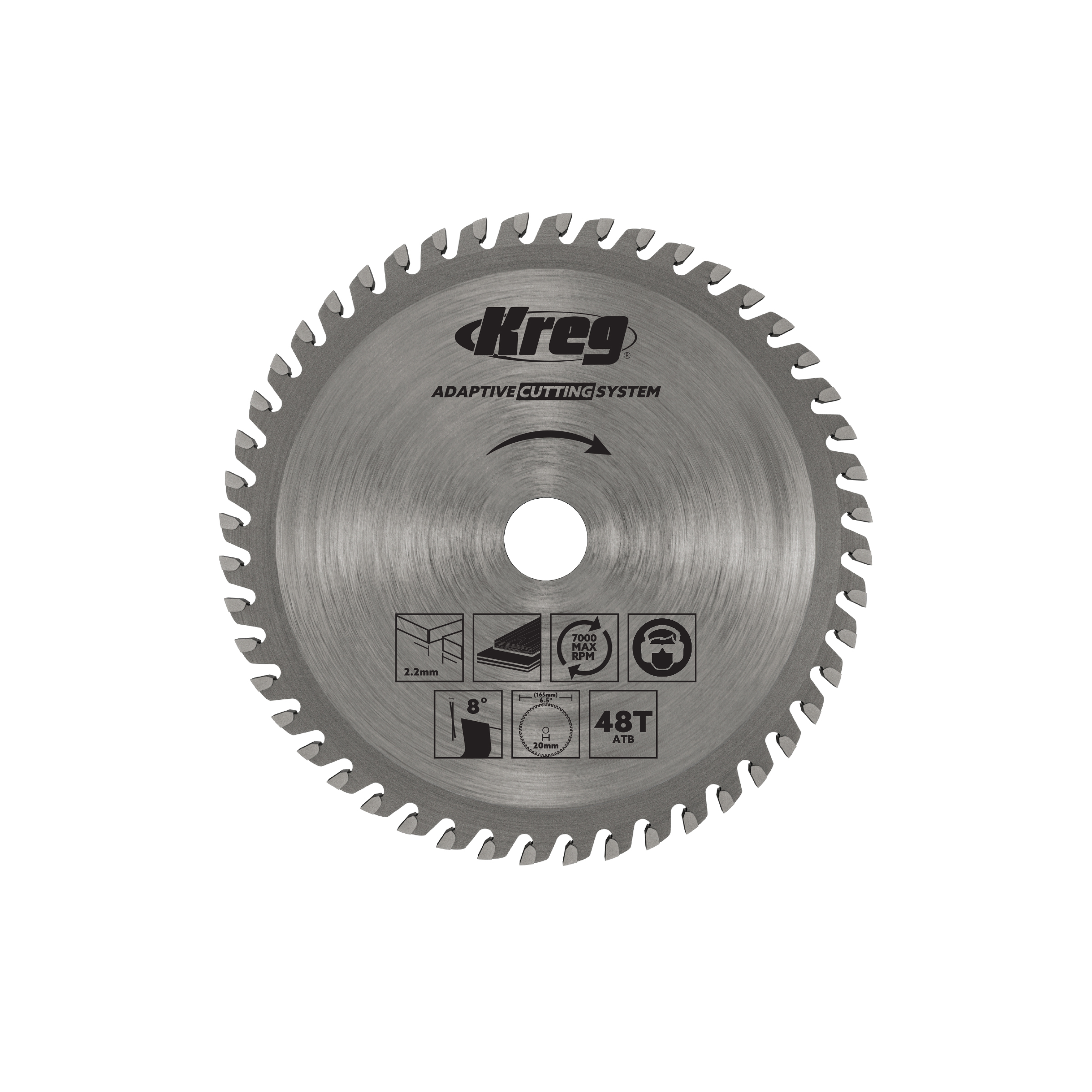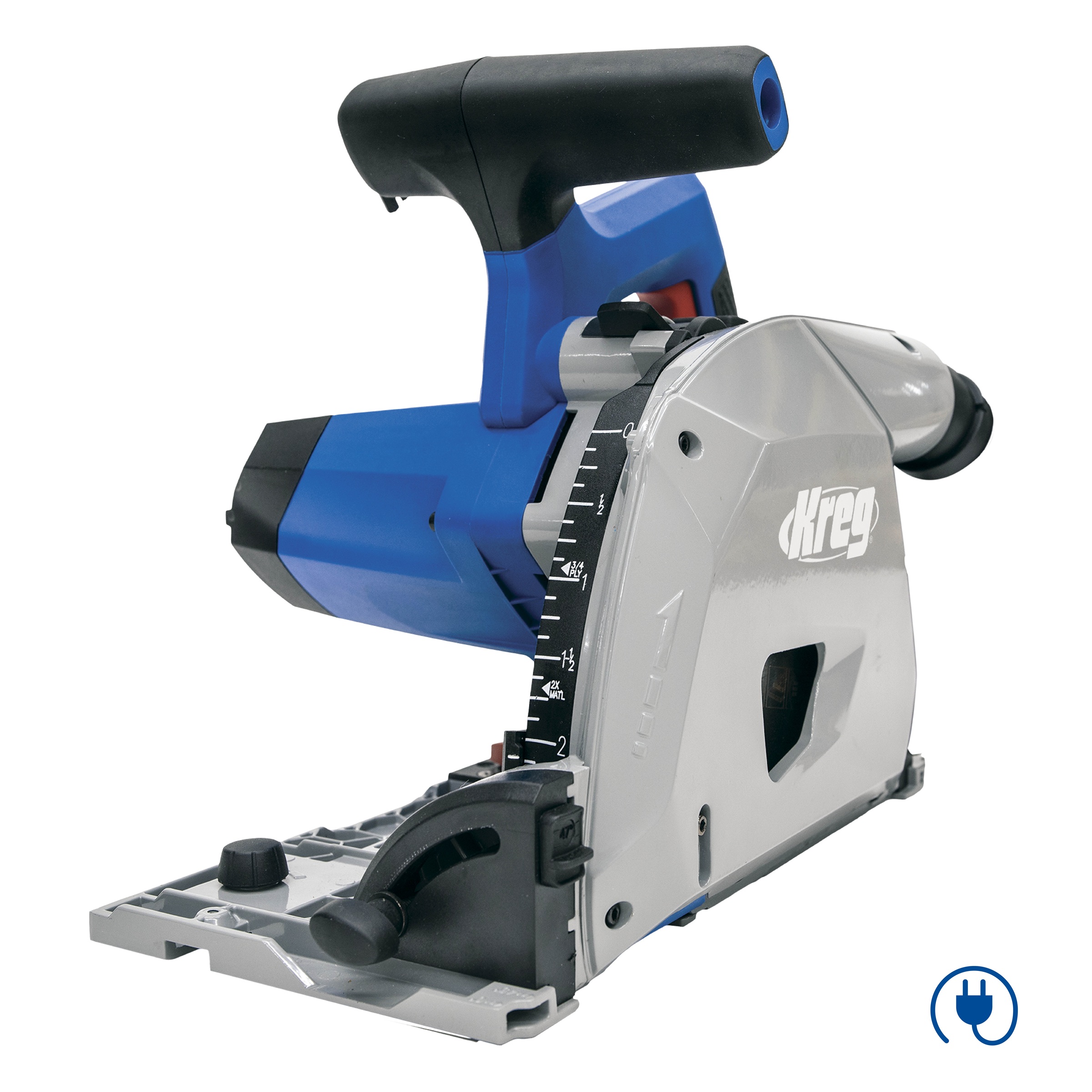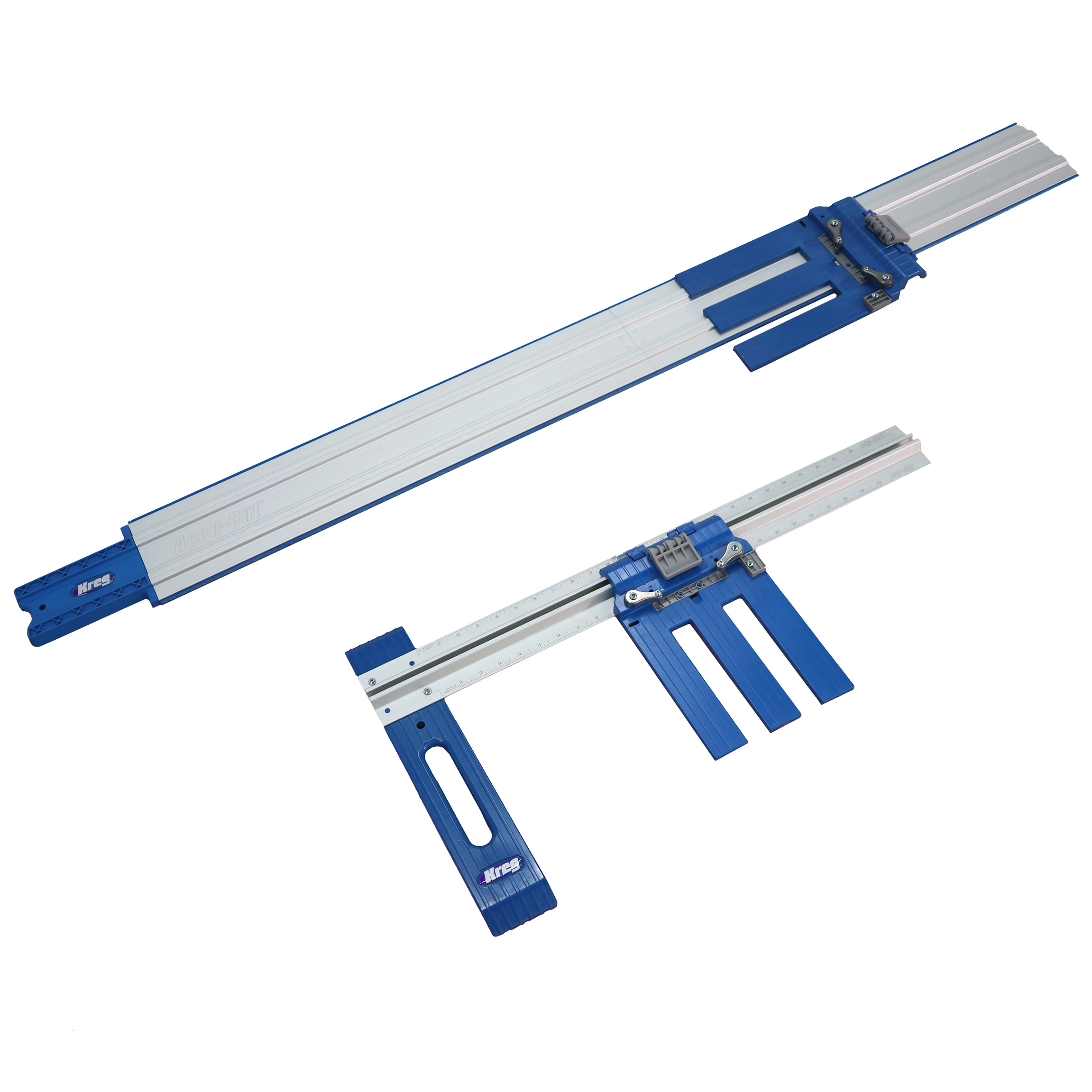In the world of woodworking, selecting the right tools can make a ton of difference between a successful project and a frustrating endeavor. Two popular options for making precision cuts are the plunge saw and the circular saw.
What is a
plunge saw?
A plunge saw, also known as a track saw, is a versatile power tool designed for making clean and precise cuts in various materials, including wood, plywood, and laminate.
Plunge saws feature a circular blade mounted on a retractable arm, allowing the blade to plunge directly into the material from above. This design enables users to make plunge cuts, groove cuts, and bevel cuts with ease and precision.
Advantages of using plunge saws
Plunge saws offer several advantages for woodworking projects, including:
-
Clean and precise cuts without tear-out or splintering
-
Versatility for cutting various materials and angles
-
Compatibility with guide rails for straight and accurate cuts over long distances
-
Enhanced safety features, including blade guards and plunge-lock mechanisms
Limitations and considerations when using plunge saws
Despite their versatility and precision, plunge saws have some limitations and considerations to keep in mind:
-
Higher initial cost compared to circular saws
-
Additional investment in guide rails for optimal performance
-
Learning curve for mastering plunge-cutting techniques
The Kreg® Adaptive Cutting System is great if you are looking for options to build a cutting station that can be assembled piece by piece as budget and project demands increase. Take a look at how the ACS can truly transform your cuts.
What is a
circular saw?
Circular saws are another staple in woodworking shops, prized for their power, speed, and versatility.

Circular saws rapidly make quick and efficient cuts through various materials. They are handheld tools that can be used for a wide range of cutting tasks, including crosscuts, rip cuts, and bevel cuts.
Advantages of using circular saws
Circular saws offer several advantages for woodworking projects, including:
-
Portability and maneuverability for on-site and off-site projects
-
Wide range of blade options for cutting different materials and thicknesses
-
Lower initial cost compared to plunge saws
-
Familiarity and ease of use for woodworkers of all skill levels
Limitations and considerations when using circular saws
Despite their versatility and affordability, circular saws have some limitations and considerations to consider:
-
Increased risk of tear-out and splintering, especially in delicate materials
-
Limited precision and accuracy compared to plunge saws, especially for plunge cuts and bevel cuts
-
Potential for kickback and safety hazards if not used properly
When considering a circular saw, it’s good to think about accessories that improve cutting performance. Kreg®’s line of guided cutting products is designed to make a variety of cuts easier, faster, and cleaner when using a circular saw. Check out the video below to learn more about guided cutting:
What are the differences between a plunge saw and a circular saw?
A plunge saw allows for precise plunge cuts with retractable blade guards, while a circular saw is designed for straight cuts without the ability to plunge into the material.

Now that we’ve explored the features and functionalities of plunge saws and circular saws, let’s get into the key differences:
Cutting mechanism
Plunge saws feature a plunging action that allows the blade to cut directly into the material from above, while circular saws use a traditional rotating blade that cuts from the side.
Precision and accuracy
Plunge saws offer superior precision and accuracy, thanks to their ability to make plunge cuts with minimal tear-out and splintering. Circular saws, while versatile, may result in rougher cuts, especially in delicate materials.
Versatility
Plunge saws excel at making plunge cuts, groove cuts, and bevel cuts with precision, making them ideal for intricate woodworking projects. Circular saws, on the other hand, are more versatile for general cutting tasks but may lack the precision required for fine woodworking.
Safety features
Both plunge saws and circular saws come with safety features such as blade guards and ergonomic handles. However, plunge saws offer additional safety benefits, including plunge-lock mechanisms that prevent accidental blade exposure.
Price and affordability
Plunge saws tend to be more expensive upfront due to their advanced features and capabilities. Circular saws, on the other hand, are more budget-friendly and accessible for woodworkers of all levels.
Choosing the right saw for your project
Now that you understand the differences between plunge saws and circular saws, how do you choose the right tool for your woodworking project?
Factors to consider
Evaluate the specific requirements of your project, including the type of cuts you need to make, the materials you’re working with, and the level of precision required.
Project requirements
For intricate woodworking tasks that require precise plunge cuts and grooves, a plunge saw may be the best choice. For general cutting tasks that prioritize speed and versatility, a circular saw may suffice.
Personal preference
Some woodworkers may prefer the precision and control offered by plunge saws, while others may appreciate the portability and ease of use of circular saws.
Both plunge saws and circular saws are valuable tools in any woodworking arsenal, each offering unique features and benefits. By getting familiar with their differences and considering your project requirements and personal preferences, you can choose the right saw for the precision and efficiency in you’re looking for.




